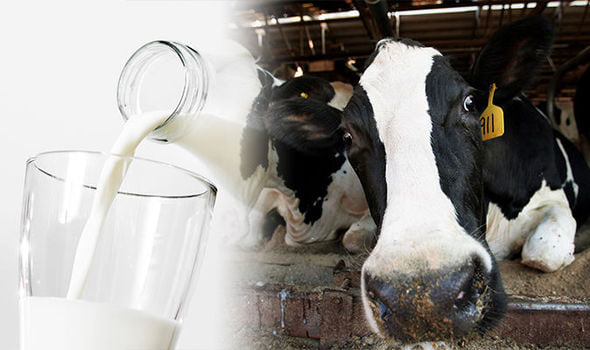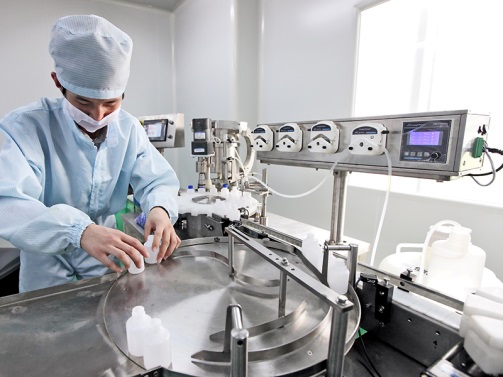Screening Methods for Antibiotics Test In Dairy Industry
There are two major health and safety issues surround the antibiotic contamination of milk. Products containing antibiotics may cause sensitivity and allergic reactions in humans.Regular consumption of milk and dairy products containing low levels of antibiotics may cause bacteria to build up resistance to the antibiotic.
For processors, the quality of the milk supplied directly influences the quality of the end product. As the manufacturing of dairy products such as cheese and yoghurt is dependent on bacterial activity, the presence of any inhibitory substances will interfere with this process and may cause spoilage. In the market place, manufacturers must consistently maintain product quality to maintain contracts and secure new markets. The discovery of drug residues in milk or dairy products will result in contract termination and a tarnished reputation. There are no second chances.

The dairy industry has an obligation to ensure that antibiotics (as well as other chemicals) which may be present in the milk of treated animals are effectively managed to ensure that systems are in place to verify that antibiotic residues are not present in milk above maximum residue limits (MRL).
One such method is the routine screening of farm and tanker milk using commercially available rapid test kits. Such methods provide real-time guidance on the suitability of milk for processing.
Kwinbon MilkGuard provides test kits that can be used to screen for antibiotic residues in milk. We provide a rapid test detecting simultaneously Betalactams, Tetracyclines, Streptomycin and Chloramphenicol (MilkGuard BTSC 4 In 1 Combo Test Kit-KB02115D) as well as a rapid test detecting Betalactams and Tetracyclines in milk (MilkGuard BT 2 In 1 Combo Test Kit-KB02127Y).

Screening methods are generally qualitative tests, and give a positive or negative result to indicate the presence or absence of particular antibiotic residues in the milk or dairy products. Compared with chromatographic or enzyme immunoassays methods , it shows considerable advantages regarding technical equipment and time requirement.
Screening tests are divided into either broad or narrow spectrum test methods. A broad spectrum test detects a range of classes of antibiotic (such as beta-lactams, cephalosporins, aminoglycosides, macrolides, tetracyclines and sulphonamides), whereas a narrow spectrum test detects a limited number of classes.
Post time: Feb-06-2021

